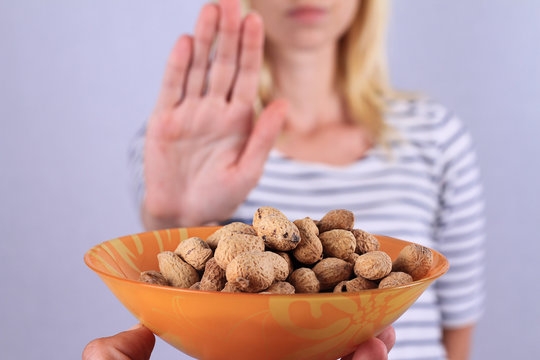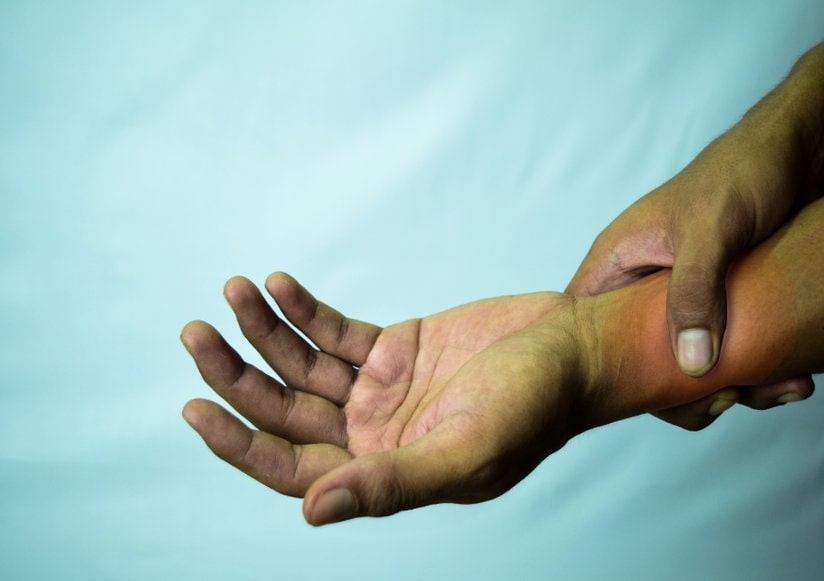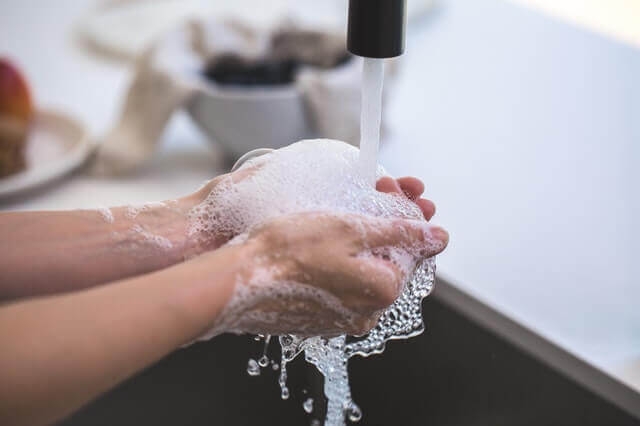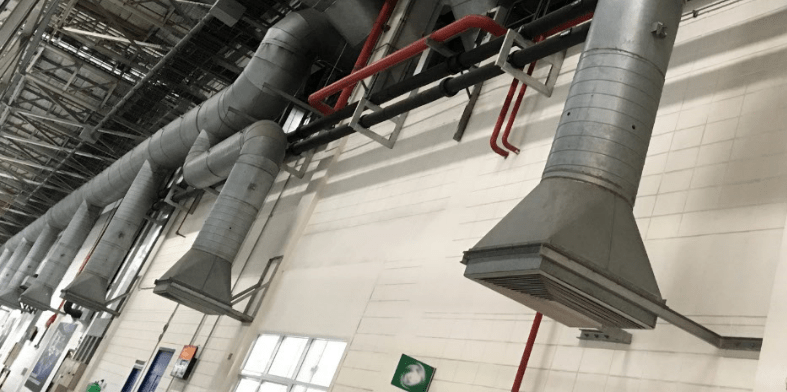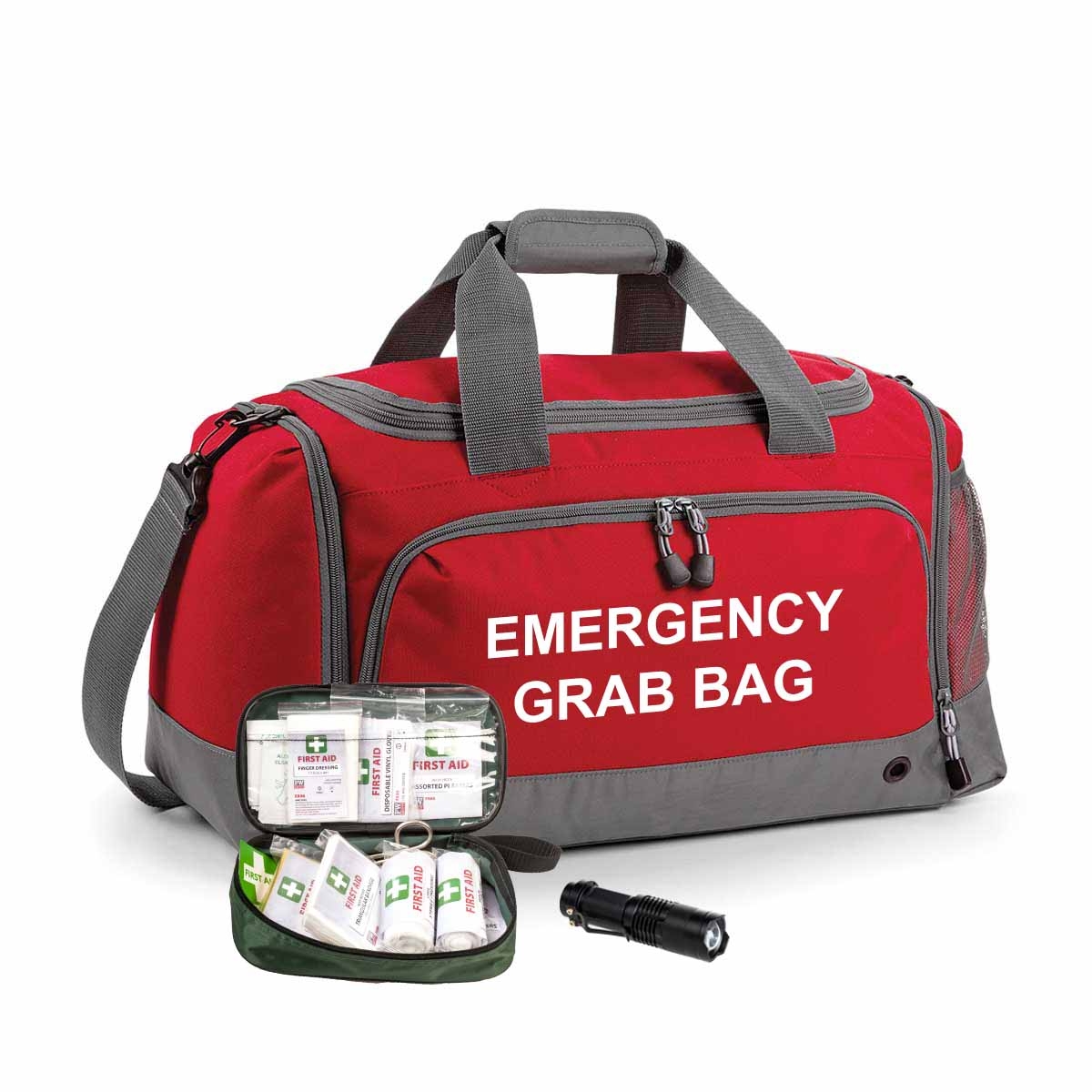Providing a safe place work by way of risk control measures to prevent accidents is the utmost priority for all employers, however accidents and incidents still do occur, which is generally due to the risk control measures being inadequate.
In this short article, we will explain why investigating accidents that occur in the workplace is an important aspect of effective H&S Management.
Some Definitions:
Accident: An event that results in injury or ill health.
Incident:
- Near miss (Dangerous Occurrence): an event that, while not causing harm, has the potential to cause injury or ill health.
- Undesired circumstance: a set of conditions or circumstances that have the potential to cause injury or ill health.
Why Do you Need to Investigate Accidents in the Workplace?
For obvious reasons employers do not want to investigate accidents, as accidents are not only unplanned events, but they are also unwelcome events, and no employer would want to experience more than one similar type of workplace accident. Accidents generally occur as a consequence of a combination of circumstances coming together resulting in the event i.e., the accident. These circumstances are otherwise known as ‘causes’ and we normally divide these causes into two main categories direct and indirect often referred to as underlying causes. As an example, let’s consider a common type of accident.
An employee walking across a warehouse floor, he slipped and fell to ground, as a consequence sustained a hip injury. It quickly became apparent he slipped when he stepped on a very small pool of oil on the floor.
Further investigation identified the small pool of oil came from one of the forklift trucks that operated in the warehouse which was found to have leaking oil sump.
It is safe to assume therefore the direct cause was slipping on the oil spill.
Further investigation revealed the forklift truck was not subject to regular in-house inspections that could have revealed the leak, allowing a repair to be made and potentially preventing the accident. Annual PUWER and LOLER checks were made but these were several months prior to the accident, probably before the leak occurred.
Regular housekeeping inspections were not undertaken, if they were, would the leak have been identified and cleaned up, would an investigation been instigated to identify the leak and problem dealt with at source? Were employees instructed to report hazards that they find or deal with them before someone slipped?
As we can see from this simple review, an accident investigation would have revealed the direct cause and several indirect causes. It is said that by removing or dealing with any one of these indirect causes, the accident may have been prevented.
So, we have looked at what we can consider to be the principal reason for an accident investigation.
Other Reasons to Investigate Accidents in the Workplace?
They are the legal reasons to consider! Has the law been breached? In our scenario, we would have expected to have seen in place at least two different suitable and sufficient risk assessments: (a) a risk assessment for the use of forklift trucks; and (b) a general workplace risk assessment for the warehouse! If they were not in place, along with suitable safe systems of work e.g., a safe place of work and safe equipment then there has been a breach of H&S Law and the consequences of that failure could potentially be costly to a business.
Additionally, if the injured person (IP) believes his employer has breached their duty of care towards him, it is likely he would raise an action under civil law and seek financial reparation.
Still on legal reasons for investigating, there is the Reporting if Injuries, Diseases and Dangerous Occurrence Regulations (RIDDOR) to consider. Certain accidents and dangerous occurrences that occur in the workplace must be reported by the employer to the enforcing authorities.
How to Investigate a Workplace Accident
It is important and essential that employers summarise the findings of an accident investigation in a written report.
They are no defined methods of documenting the findings of an accident investigation, a common method however is to use questionnaire type form/template as a basis for a detailed report. It is this type we will discuss in this article.
An investigation of this nature is effectively an information gathering exercise and the details gathered need to include:
- Exact date, time and location of the accident.
- Details of the injured person (s) including name (s), home addresses and contact telephone numbers.
- Nature of injury e.g., fracture – right arm (radius).
- Details of any eyewitnesses e.g., names and contact details.
- Is the accident reportable or likely to be reportable under the requirements of RIDDOR.
You will need to obtain an account of how the accident occurred, this will involve interviewing potentially a number of people including the injured person (s), eyewitnesses (bear in mind there may be no eyewitness to the accident in this case the IP becomes the principal witness). Other people who are likely required to be interviewed are:
- Those with Supervisory and Managerial responsibilities for the IP and work areas under their control/responsibility. Key questions would frequently include e.g., was the person authorised to be in the area at the time of accident, were they authorised to be doing what they were doing and did they possess the necessary skills and knowledge to carry out the work at the time of the accident.
- Where relevant administration staff, HR personnel and Training Managers. Not all business, especially small businesses have such personnel, nonetheless it is important employers have access to certain records that will enable an accident to be investigated effectively including how long has the IP been working for business, details of previous experience and training, induction and other training records etc.
It will be necessary to examine work procedures, work equipment, processes and the working environment to consider any contributing factors that may be involved. Photographs, floor plans, diagrams, operating manuals where relevant should be examined to help identify failures.
Review of current risk control measures
As mentioned earlier, a review of risk assessments and safety control procedures including method statements and safe operating procedures will need to form part of an investigation to ensure any additional hazards identified as a consequence of the accident are documented in the reviewed risk assessment and safety controls.
Common failings (underlying causes) found in this part of an investigation include:
- No, or unsuitable or insufficient risk assessment that hasn’t properly identified the hazards, considered the risks or resulted in adequate control measures being identified and implemented.
- Failure to effectively communicate details of the risk assessment and control measures to employees including Supervisors and Managers who manage the area where accidents occur.
- Failure to follow safety procedures and or failure of Supervisors and Managers to ensure safety procedures were being followed.
Having considered these factors and prepared witness statements, examined records and inspected the work areas, equipment and processes etc., one will be close to finalising the result or conclusions to the investigation.
Having concluded an investigation, recommendation for action to be taken to prevent a recurrence need to be considered and depending on the nature, structure and size of your organisation this may involve interdepartmental involvement, consultation with employees (or employee representatives) and all levels of management where appropriate.
Who, Within your Organisation Should Carry Out an Accident Investigation?
Depending on the structure of your organisation, an accident investigation would normally be conducted or lead by a senior person such the Owner, Managing Director, Director, or delegated to a Senior Manager, Manager or Supervisor. They are benefits however, in involving others in an investigation such employee representatives where appliable or senior experienced employees, the benefits of this approach include enhanced safety culture, good employee/management relation and access to experience, knowledge and constructive views and opinions.
In either case these details should be listed in the ‘Organisation and Responsibilities’ Section of the organisations Health and Safety Policy. Check your policy!
If you are a Wirehouse Employer Services client and you require further advice, information, guidance or support on this or any other Health and Safety related matter please contact the Safety Advice Team at safetyadvice@wirehouse-es.com or if you are not a client and would like to find more about our Health and Safety or Employment Law services please call or email at:

